Commentary: Random Thoughts from the Humidor (XXIV)
12 Dec

This special winter edition of Random Thoughts from the Humidor is dedicated to the snowstorm that blew through my hometown of Chicago this weekend. I know many of you are also dealing with ice, snow, and plummeting temperatures, so I thought today we’d dig into our extensive archives to find some tips that are especially relevant in these cold months.
Take a Year-End Inventory
In a perfect world, I would only have one very large humidor to worry about, not a handful of medium- to small-sized humidors. But because my many humidors carry sentimental value, I can’t bring myself to consolidate. Plus, given the space I have in our condo in Chicago, one very large humidor would be a lot tougher to make space for. One challenge with this setup is monitoring the humidification levels of each individual humidor. Another challenge is understanding what I have and where it’s located. For this reason, every so often I’ll empty the humidors out, get the stock re-organized, remind myself what cigars I have (and what I’m missing), and “re-charge†the humidors. It takes some time, but I find the process enjoyable and valuable. I suggest you do the same, especially as you prepare your own humidor(s) for the winter. If you can, take your time while you work, and enjoy an excellent cigar you’re sure to be surprised to find at the bottom of your stash.
Re-Acquaint Yourself with a Good Tobacconist
In the winter, a good tobacconist that provides a comfortable, warm place to smoke is worth its weight in gold. As you search for a home base from which to conduct your winter cigar operations, feel free to use this article as a helpful decision-making framework. It lists criteria for consideration, like a good selection, fair prices, hours of operation, WiFi, cleanliness, beverage options, and more.
Brave the Cold
If you don’t have an indoor cigar sanctuary in or near your home, you’ll want to start smoking shorter, smaller cigars to minimize your time outdoors. Other than gloves, space-heaters, hats, and long underwear, that’s probably the best advice I can give you. Remember: That 7-inch, 50-ring gauge Churchill you’ve been eyeing in your humidor is a serious investment in time. If you smoke slowly—as you should to maximize enjoyment—it could take two or more hours to complete. Also, keep these words of wisdom from my colleague in mind; they might help you muster the strength to endure the elements: “To brave inclement weather shows true dedication to the wonderful hobby that is cigars… The cold weather smoker need not smile while he bundles up for a sub-freezing stogie session, but he does. When many might close up the humidor until late spring, the cold weather smoker bravely smokes on.â€
Drink Well
While you’re out in the snow, warm your bones with some of our favorite winter libations. The Stonewall Jackson has been a favorite of mine for years. You also can’t go wrong with a hot buttered rum. And don’t forget that winter beers can definitely make solid cigar accompaniments.
–Patrick A
photo credit:Â Flickr

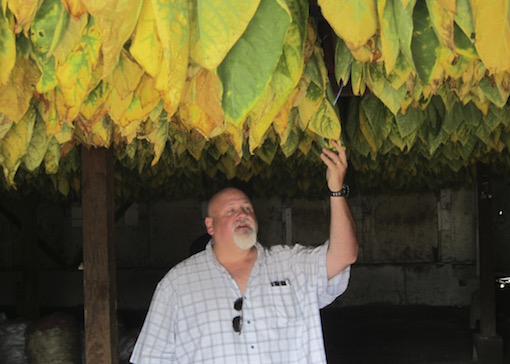

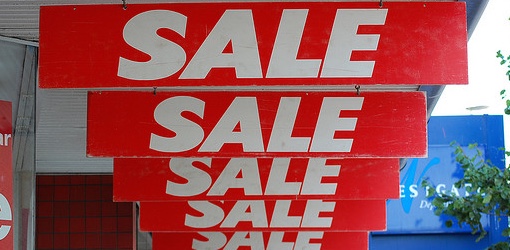
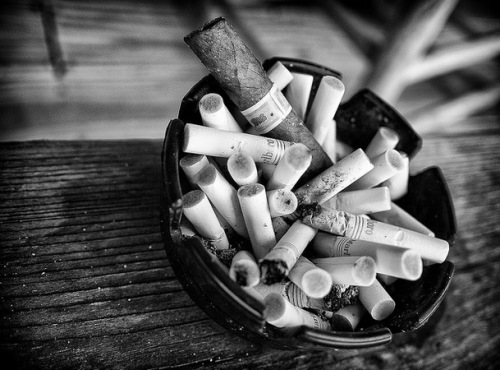
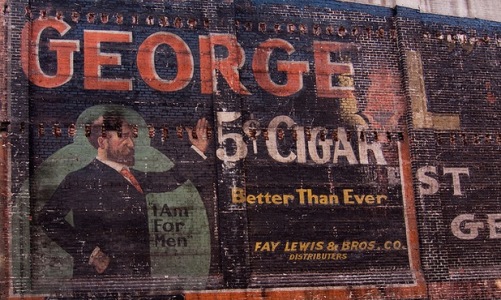
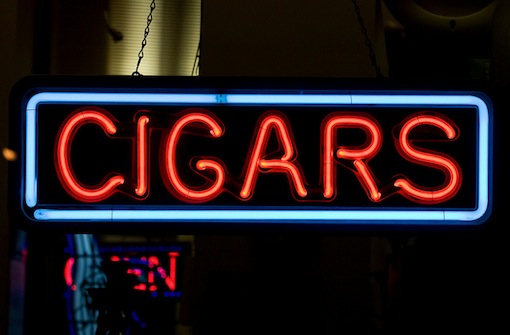
 Patrick Ashby
Co-Founder & Editor in Chief
Patrick Ashby
Co-Founder & Editor in Chief Patrick Semmens
Co-Founder & Publisher
Patrick Semmens
Co-Founder & Publisher George Edmonson
Tampa Bureau Chief
George Edmonson
Tampa Bureau Chief